Fisheye Camera - Arnold User Guide
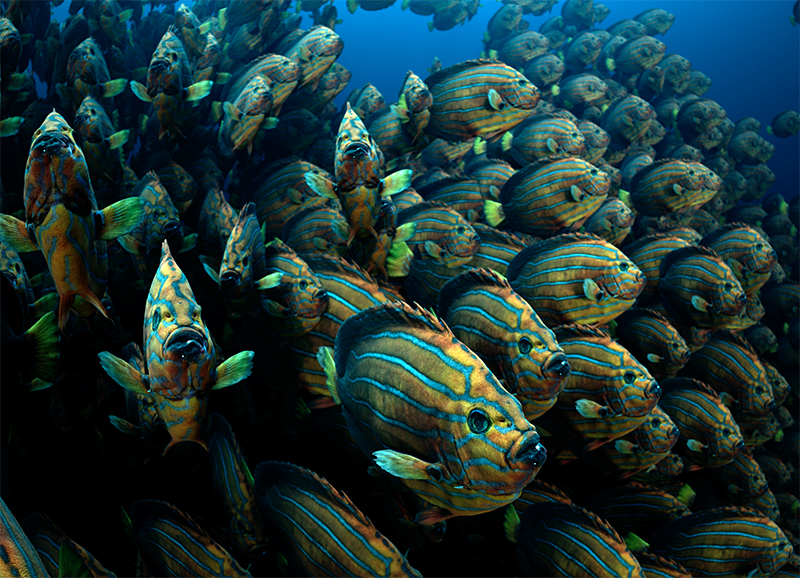 |
This camera node provides a fish-eye lens type view. The depth of field and aperture controls are similar to the standard perspective camera, but the fisheye camera also provides control over the field of view.
- FOV
- Autocrop
- Focus Distance
- Aperture Size
- Aperture Blades
- Aperture Rotation
- Aperture Blade Curvature
- Aperture Aspect Ratio
- Position
- Look At
- Up
- Matrix
- Near Clip
- Far Clip
- Shutter Start
- Shutter End
- Shutter Type
- Rolling Shutter
- Filtermap
- Handedness
- Screen Window Min
- Screen Window Max
- Exposure
FOV
Controls the Field of View of the camera.
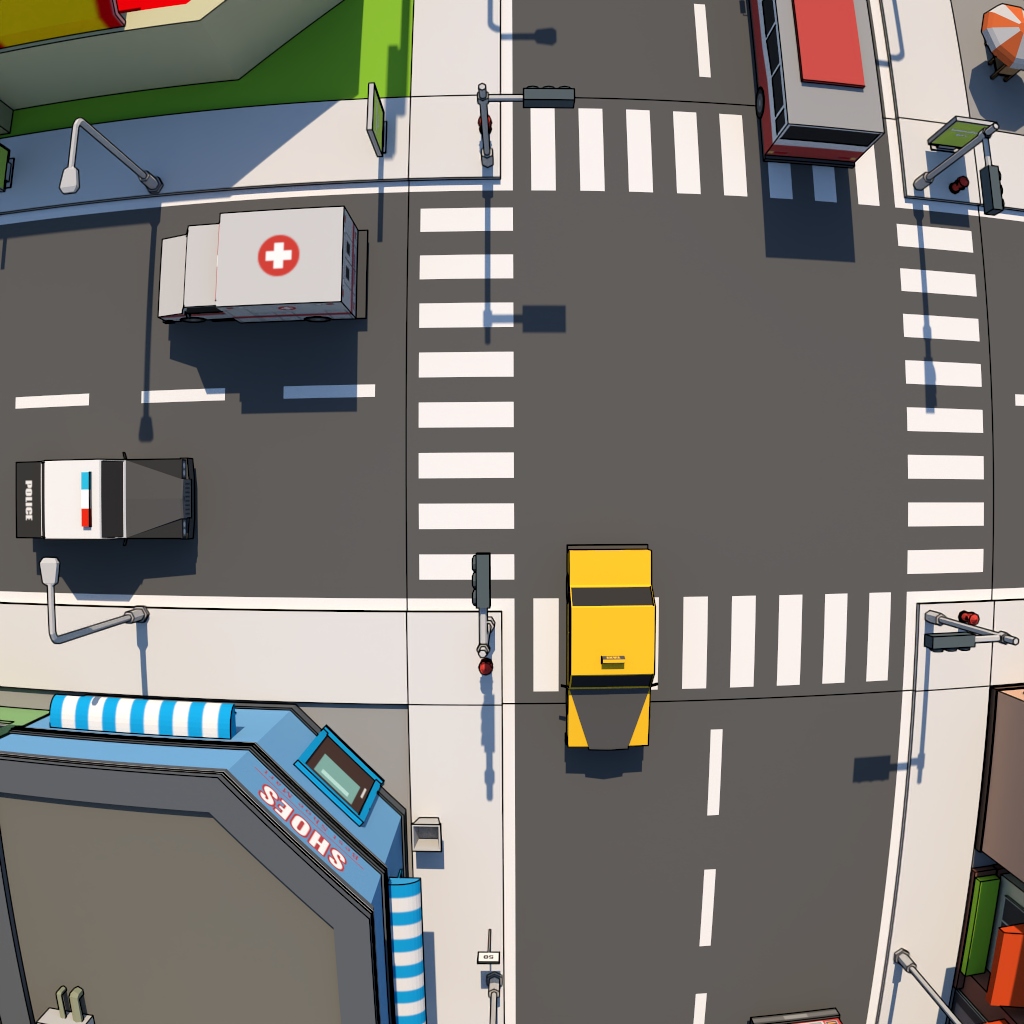 |
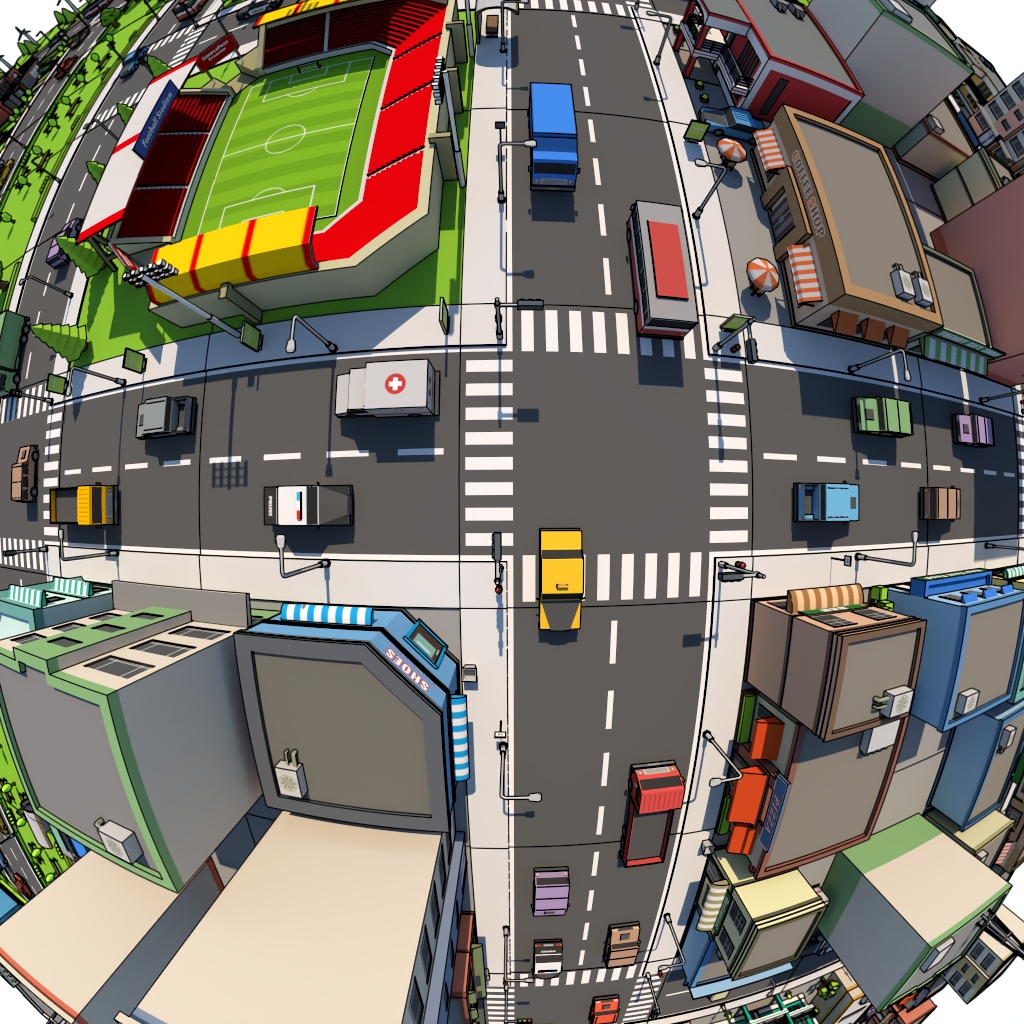 |
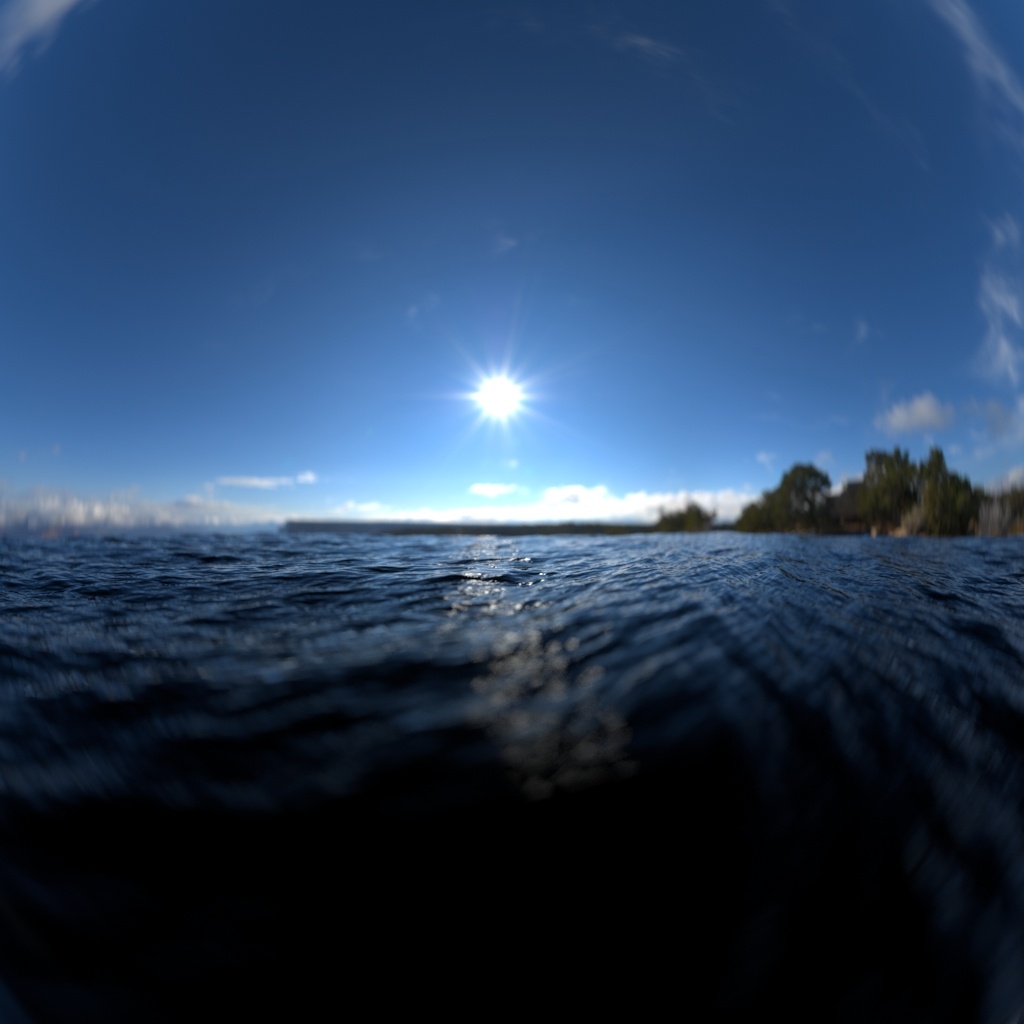 |
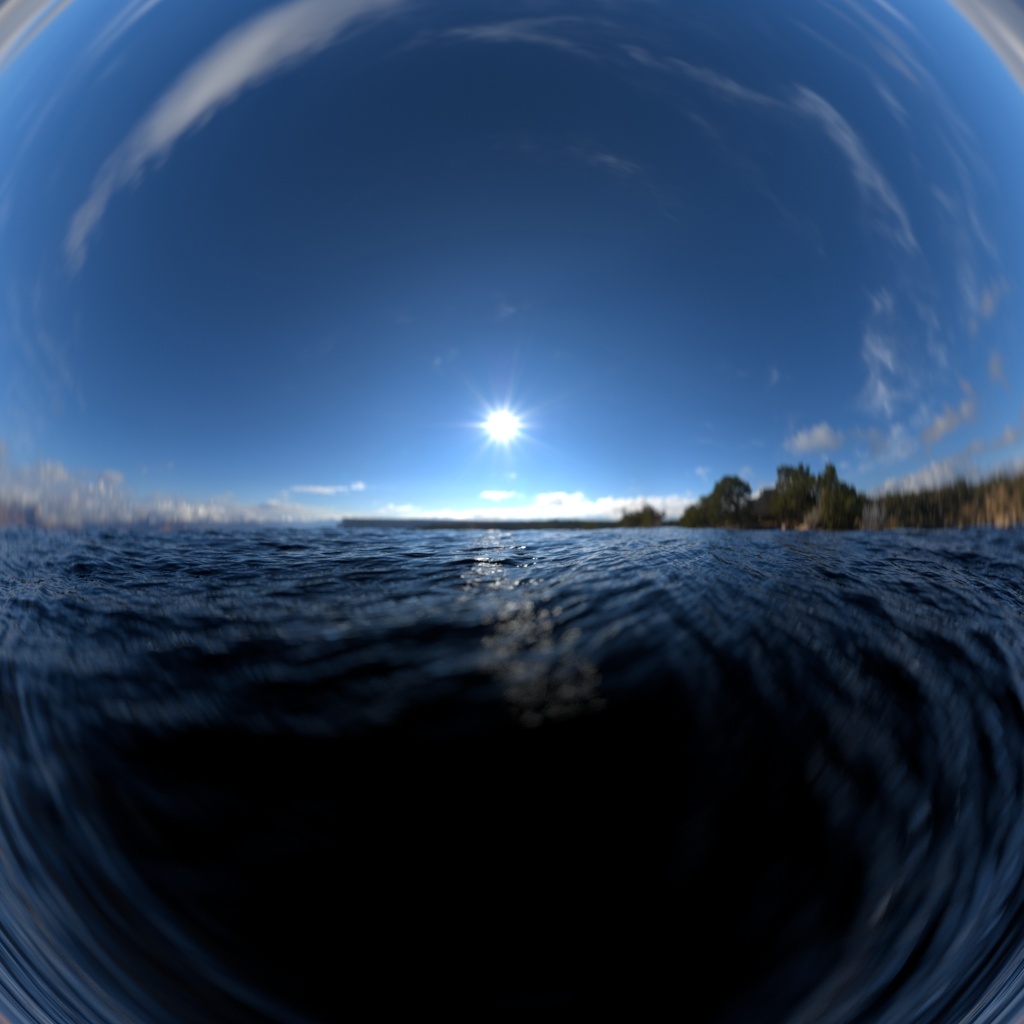 |
| 90 (default) | 180 | 270 | 360 |
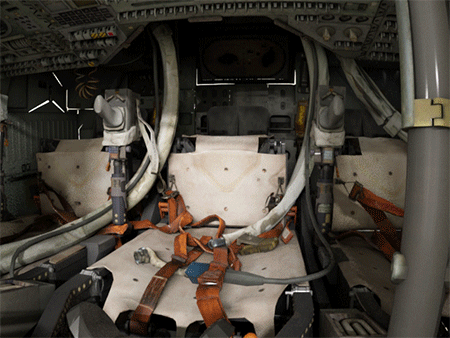
Fov: 90 to 180
Autocrop
Crops a full-screen image from the center of the fisheye image to remove any white border.
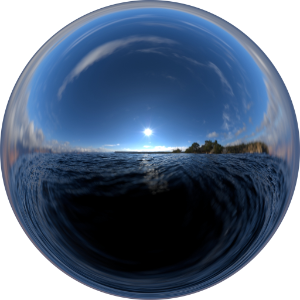 |
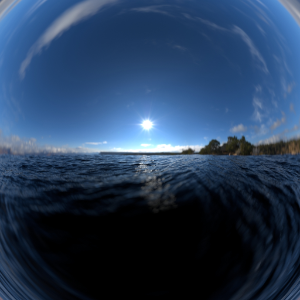 |
| Disabled (default) | Enabled |
Focus Distance
This is the distance at which objects appear in perfect focus, for a non-zero aperture value.
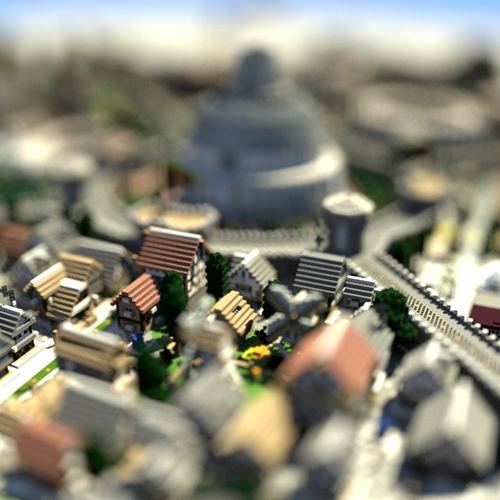 |
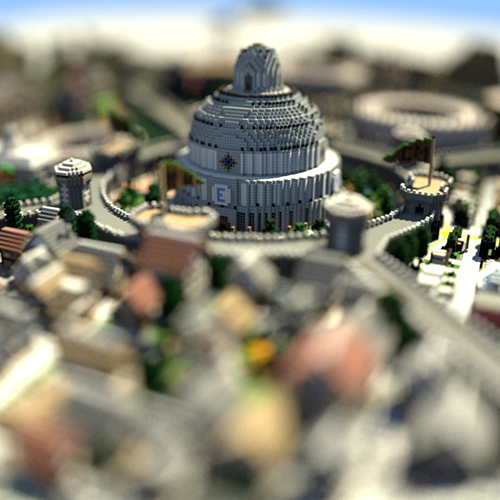 |
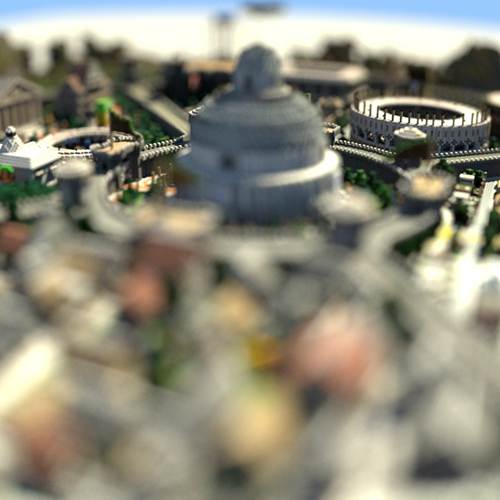 |
| 1.6 | 2.7 | 3 |
Aperture Size
The radius of the aperture in world units. The smaller the aperture, the sharper the images (shallower depth of field). In the limit, a size of zero produces no depth of field blurring.
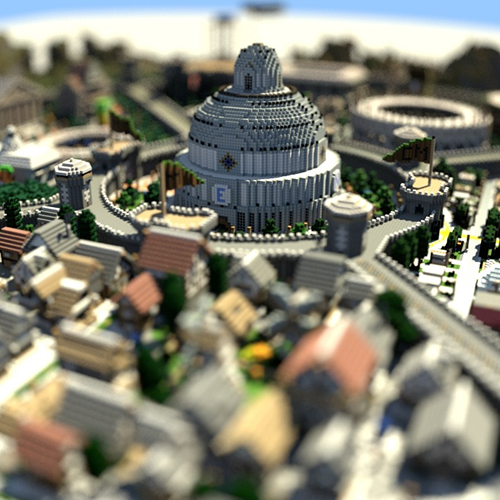 |
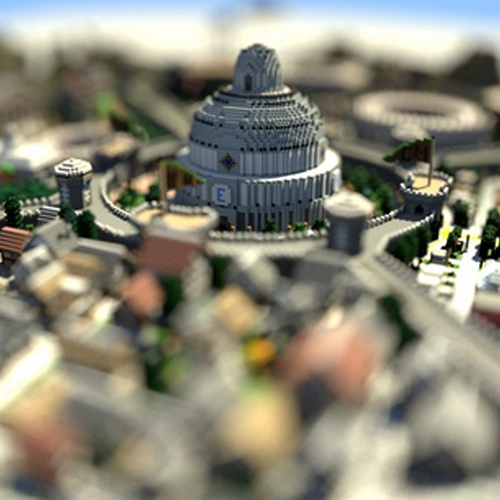 |
 |
| 0.05 | 0.1 | 0.2 |
Aperture Blades
A number of blades (or polygon sides) of the polygonal aperture. 0 is considered a circle aperture.
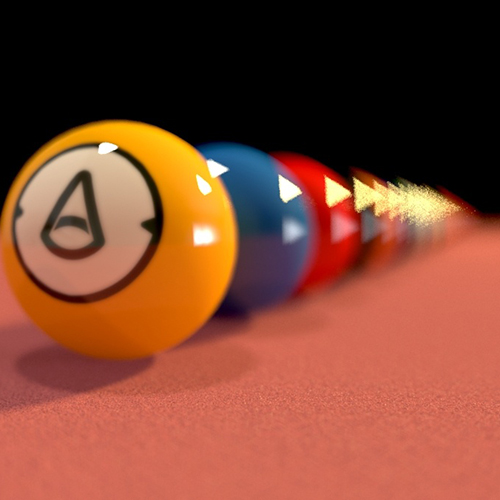 |
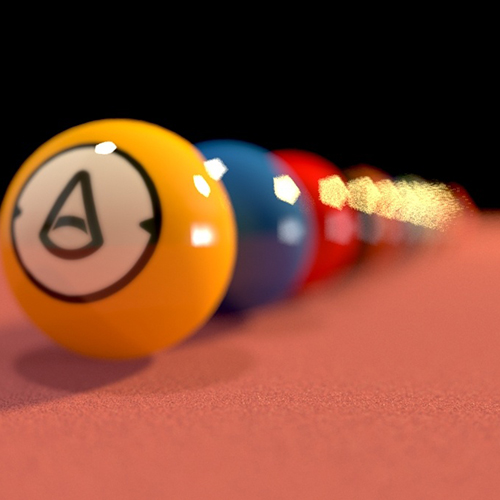 |
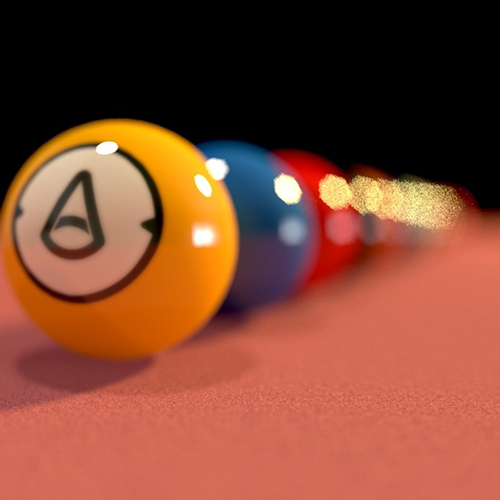 |
| 3 | 5 | 7 |
Aperture Rotation
Rotates the aperture by the specified number of degrees.
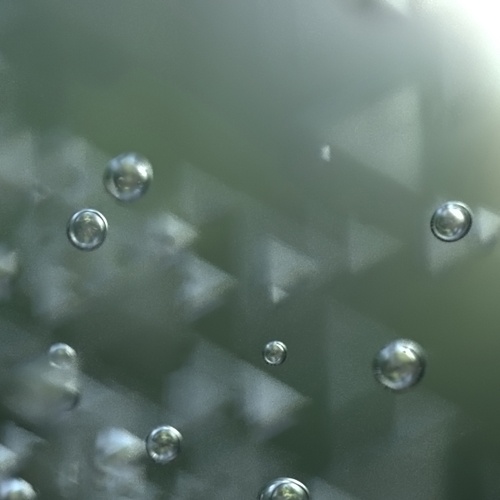 |
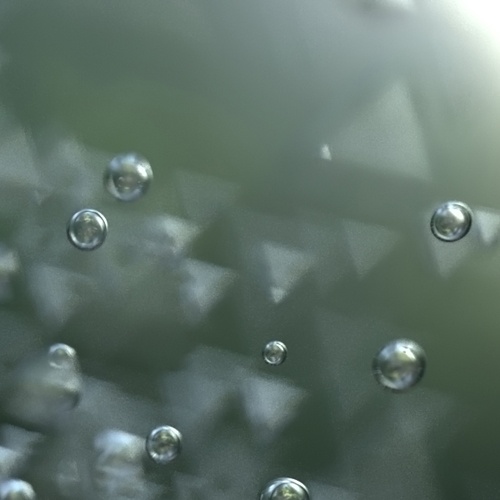 |
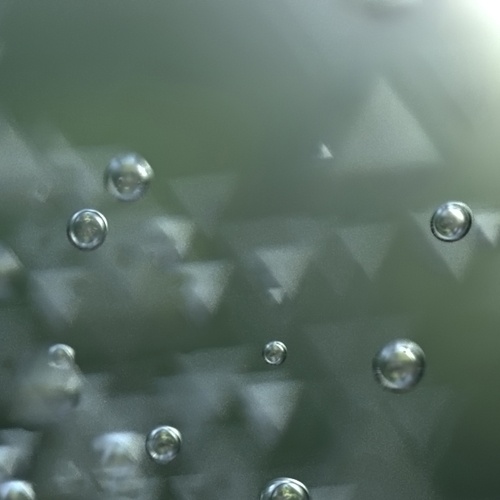 |
| 0 (default) | 15 | 30 |
Aperture Blade Curvature
The curvature of the polygonal aperture sides. A value of 0 means hard straight sides. Increasing this value results in progressively more curved edges, all the way to 1.0 which produces a perfect disk. Negative values produce a "pinched" or star-shaped aperture.
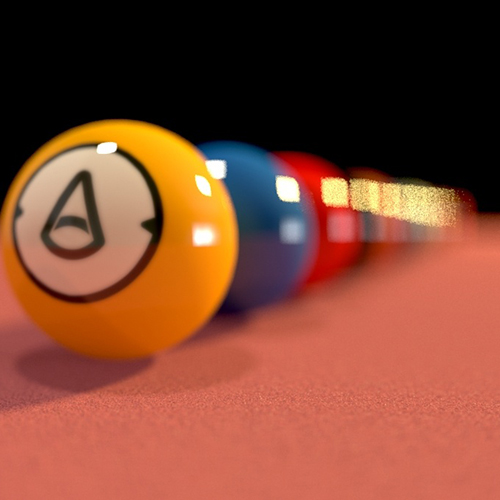 |
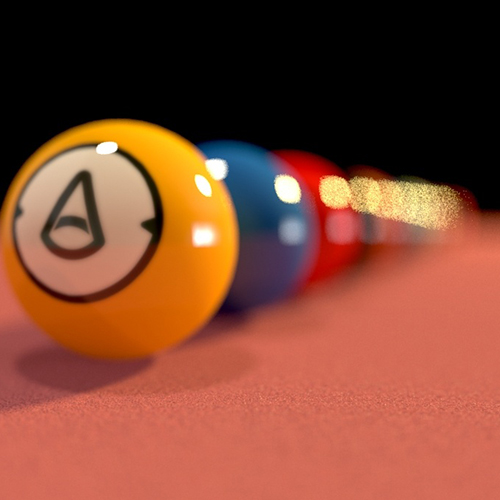 |
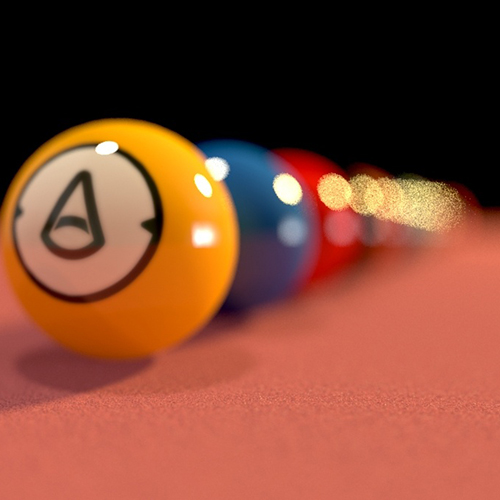 |
| 0.2 | 0.6 | 1 |
Aperture Aspect Ratio
Values bigger than one produce an elongated defocusing effect, reminiscent of an anamorphic lens, while a value less than one will squash it.
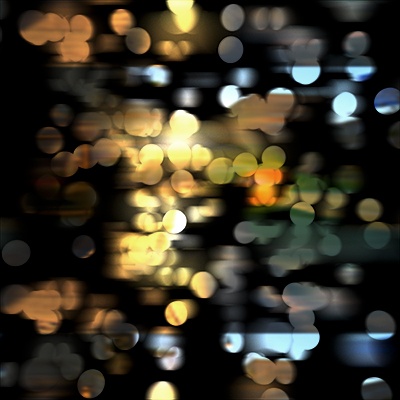 |
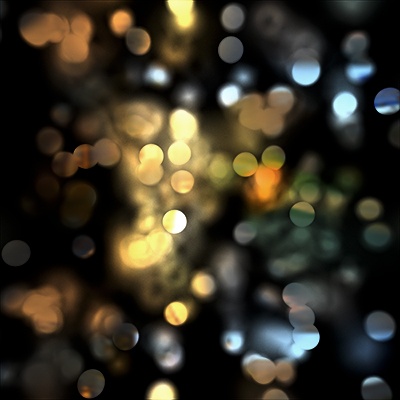 |
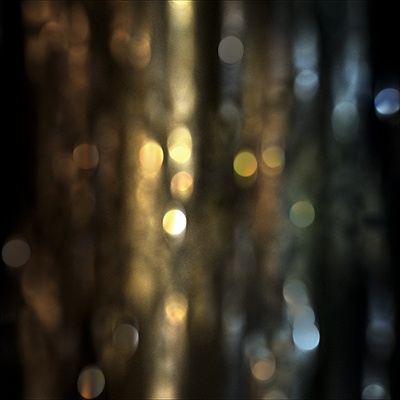 |
| 0 | 1 (default) | 10 |
Position
The position of the camera.
Look At
The point at which the camera is pointing.
Up
The up vector of the camera.
Matrix
Matrix to define the position and orientation of the camera.
Near Clip
The near clipping plane of the camera's renderable area.
Far Clip
The far clipping plane of the camera's renderable area.
Shutter Start
Defines when the camera shutter is open. Rays will have a time randomly assigned between shutter_start and shutter_end. It is recommended that this time be frame-relative, that is, if the current frame (set on the global options) is 1001, then shutter_start can be -0.25 to signify a shutter opening one-quarter frame before the actual frame marker passes, while shutter_end would be 0.25 to close the shutter one-quarter frame after the frame passes. This would be centered motion blur. Other typical shutter values would be from 0.0 to 0.5 (lead-out motion blur), or even -0.5 to 0.0 (lead-in motion blur).
Note that the renderer does not impose any strict requirements on what the units or absolute values of the times it is given are, provided they are all consistent with each other; thus, both frame-relative and absolute shutter times and motion intervals are legal, provided they are self-consistent. However, it is generally recommended that times be frame-relative for simplicity.
Info: The shutter range of the camera can be defined by changing the shutter_start and shutter_end parameters. The value range should use the same time reference as the motion times. The default shutter_start of 0 and shutter_end of 1 correspond to a full camera shutter range, equivalent to the default motion blur range. A smaller range (0.0-0.5) will decrease the effective shutter aperture time and only show the first half of the motion.
Shutter End
Defines when the camera shutter is closed. Please see shutter_start for a detailed description of shutter semantics. shutter_end must be larger than or equal to shutter_start. If they are the same, this will ensure no motion blur is generated.
Note that the renderer does not impose any strict requirements on what the units or absolute values of the times it is given are, provided they are all consistent with each other, thus both frame-relative and absolute shutter times and motion intervals are legal provided they are self-consistent. However, it is generally recommended that times be frame-relative for simplicity.
Shutter Type
The filtering applied to time samples. By default, this is a box filter, with all time samples having the same weight. A triangle (or "tent") filter is also available which produces smoother trails.
Arnold supports custom shutter shapes with the shutter curve camera parameter. You can define as many points as required. Coordinates increase from 0 (corresponding to the shutter_start) to 1 (corresponding to the shutter_end). Values in the vertical axis must be non-negative, and it is not recommended to enter values above 1. The values are linearly interpolated between each point. In the examples below, you can see the effect different curve shapes have on the motion blur trail of a sphere that has been key-framed moving from left to right.

Various custom camera shutter curve shapes
Rolling Shutter
Rolling Shutter is used to simulate the type of rolling shutter effect seen in footage shot with digital cameras that use CMOS-based sensors such as Blackmagics, Alexas, REDs, and even iPhones. This method is implemented by rolling (moving) the shutter across the camera area instead of the entire image area all at the same time.
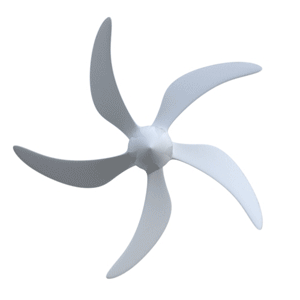 |
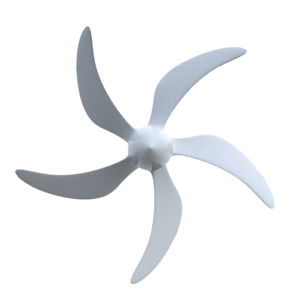 |
| without rolling_shutter | with rolling_shuttter |
The rolling_shutter direction specifies the direction in which the rolling shutter takes place. The default is off and can be set to top (top to bottom being the most common scanning direction), bottom, left, or right.
 |
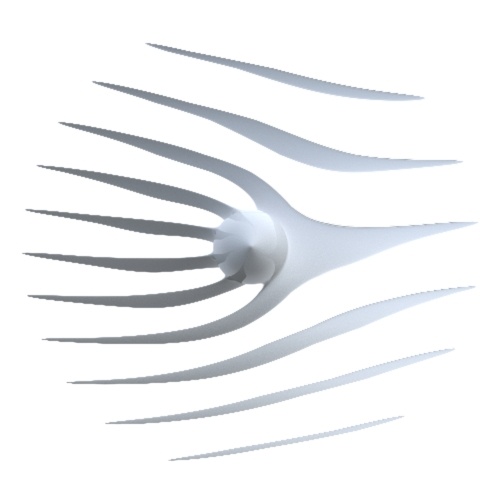 |
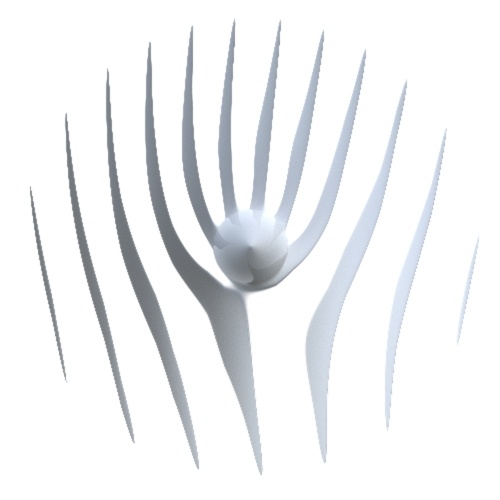 |
 |
| top | bottom | left | right |
Interesting effects can be achieved when combining motion blur 'length' with rolling shutter:

Motion blur 'length' from 0 to 2
Filtermap
Weights the camera sample by a scalar amount defined by the shader linked to the filtermap. This shader will use as an input, u,v coordinates in image-space coords (0,1) and x,y in pixel coordinates. This allows you to darken certain regions of the image, perfect to simulate vignetting effects.
There is an optimization in place where if the filter returns pure black, then the camera ray is not fired. This can help in cases such as when rendering with the fisheye camera, where, depending on its autocrop setting, parts of the frame trace no rays at all.

Circular ramp mapped to the camera's filtermap to create a vignette effect
Handedness
Chooses the "right" handed or "left" handed coordinate system.
Screen Window Min
This defines the 2d window in the projection plane that will be rendered. If set to its default (-1,-1) (1,1), the frame will exactly match the defined region, after taking aspect_ratio into account, so that there is no distortion. These should be set if you want to stretch, squash, or zoom to a particular area in an image.
Screen Window Max
This defines the 2d window in the projection plane that will be rendered. If set to its default (-1,-1) (1,1), the frame will exactly match the defined region, after taking aspect_ratio into account, so that there is no distortion. These should be set if you want to stretch, squash, or zoom to a particular area in an image.
Exposure
Simulates the effect of camera exposure (in a non-physical way). Increasing this parameter by a value of one gives you one stop up (doubles the brightness).
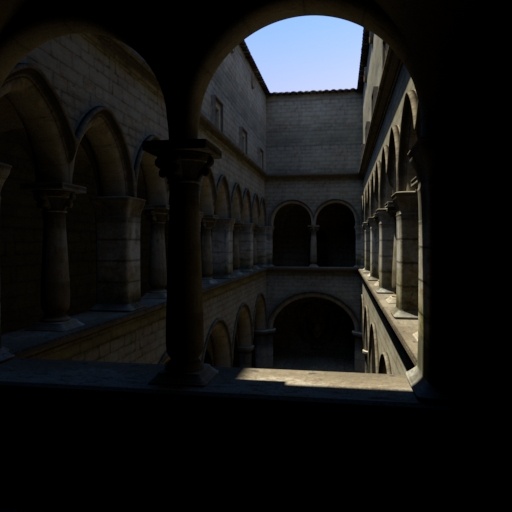 |
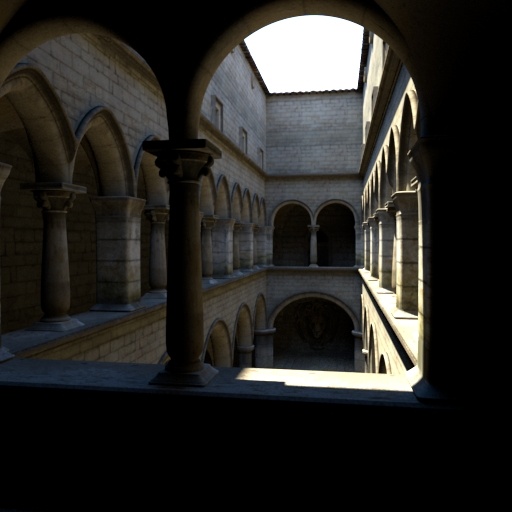 |
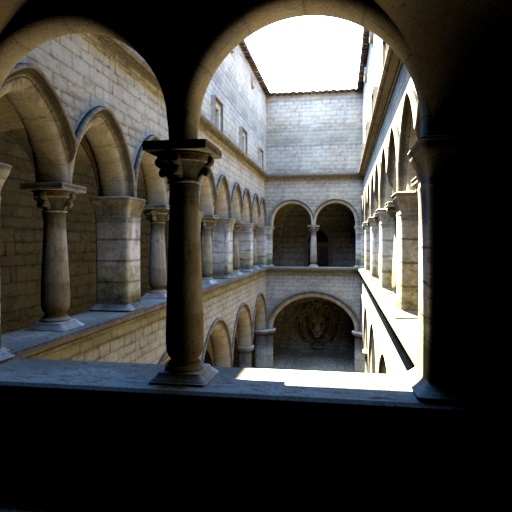 |
| -2 | 0 (default) | 2 |
